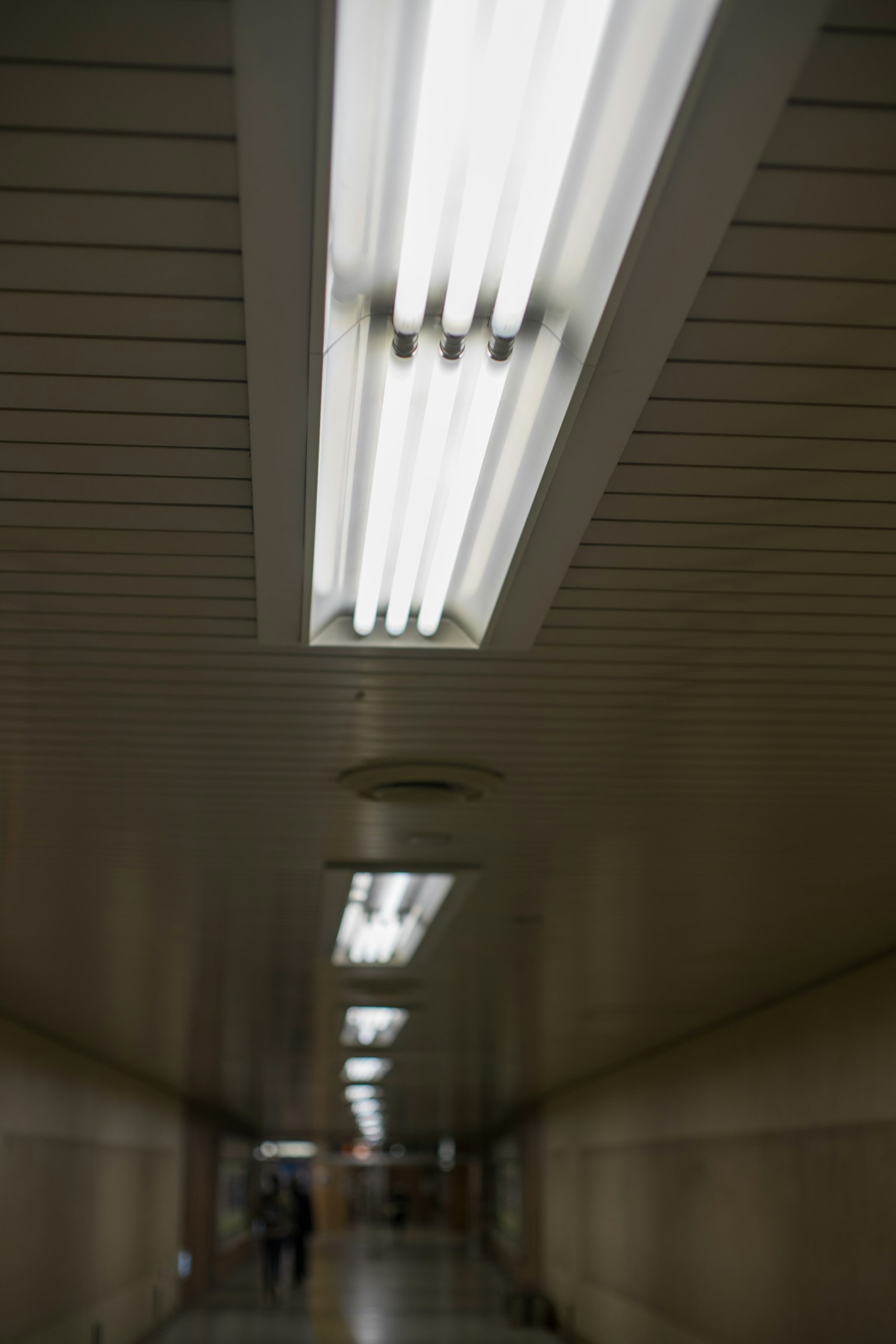
cover image by nnnoooo
Trending on X: Flicker Banding Seen in a Manufacturer's Image
Recently, a sample image posted by a camera manufacturer on their official site has sparked debate. What exactly is the 'flicker banding' at the center of this discussion?
What is Flicker Banding?
Flicker banding is a phenomenon where stripes (banding) appear in videos or photos due to the flickering of artificial light sources like fluorescent or LED lights at a certain frequency. This is particularly noticeable when the shutter speed does not match the flickering frequency of the lighting.
Causes of Flicker Banding
Fluorescent and LED lights flicker rapidly in sync with the frequency of the AC current. Although this flicker is not visible to the naked eye, if the camera's shutter speed is not synchronized with the flicker cycle of the lighting, stripes may appear in the captured images or videos.
Solutions for Flicker Banding
To avoid flicker banding, selecting a shutter speed that matches the lighting frequency is effective. For example, in regions with a 50Hz power frequency, setting the shutter speed to 1/50 second or multiples thereof (such as 1/100 second) is recommended. Additionally, some cameras are equipped with a 'flicker reduction' feature, which can help reduce flicker banding.

Image by nnnoooo
Is Flicker Banding Difficult Even for Professionals?
In conclusion, flicker banding is a challenging issue to completely avoid, even for professional photographers.
Diversity of Lighting Environments
In professional settings, various types of light sources (fluorescent, LED, natural light, etc.) are often mixed, making it very difficult to set a shutter speed that corresponds to each light source. For instance, while a shutter speed of 1/50 second is suitable for fluorescent lights flickering at 50Hz, different adjustments are needed when LED lighting is also used.

Image by ookinate23
Time and Cost
Finding the appropriate shutter speed requires trial and error. In commercial photography, especially, there is a demand to respond within limited time frames, which incurs additional time and cost for adjustments. This may necessitate reshooting on set or corrections in post-processing.
Equipment Limitations
Not all cameras are equipped with a flicker reducer feature. Even when available, it can be challenging to completely prevent flicker banding. This feature is often insufficient in lower-priced cameras or older models.
How about that?
Flicker banding is a difficult problem, but efforts to solve it contribute to the overall progress of the camera industry.
For instance, manufacturers may develop new technologies or algorithms to more effectively reduce flicker banding. It will be interesting to see how manufacturers address minimizing the impact of flicker banding in the future.



